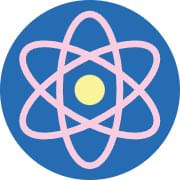Using fMRI, this study developed a brain signature for affective arousal that demonstrates high sensitivity across valence while remaining distinct from autonomic arousal and wakefulness, offering broad applications.
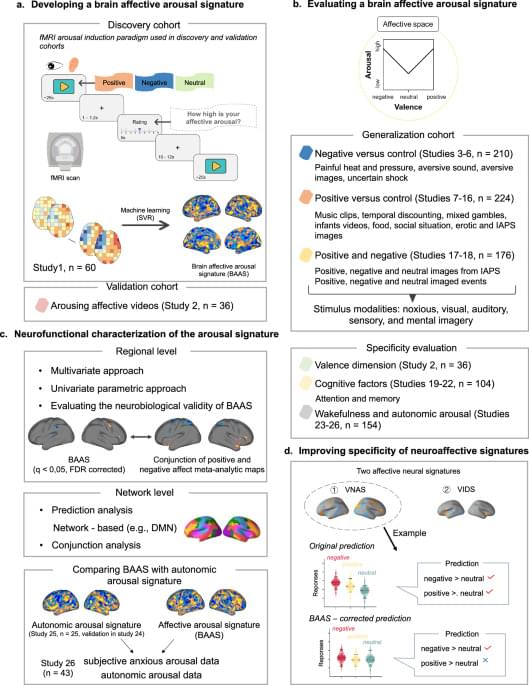

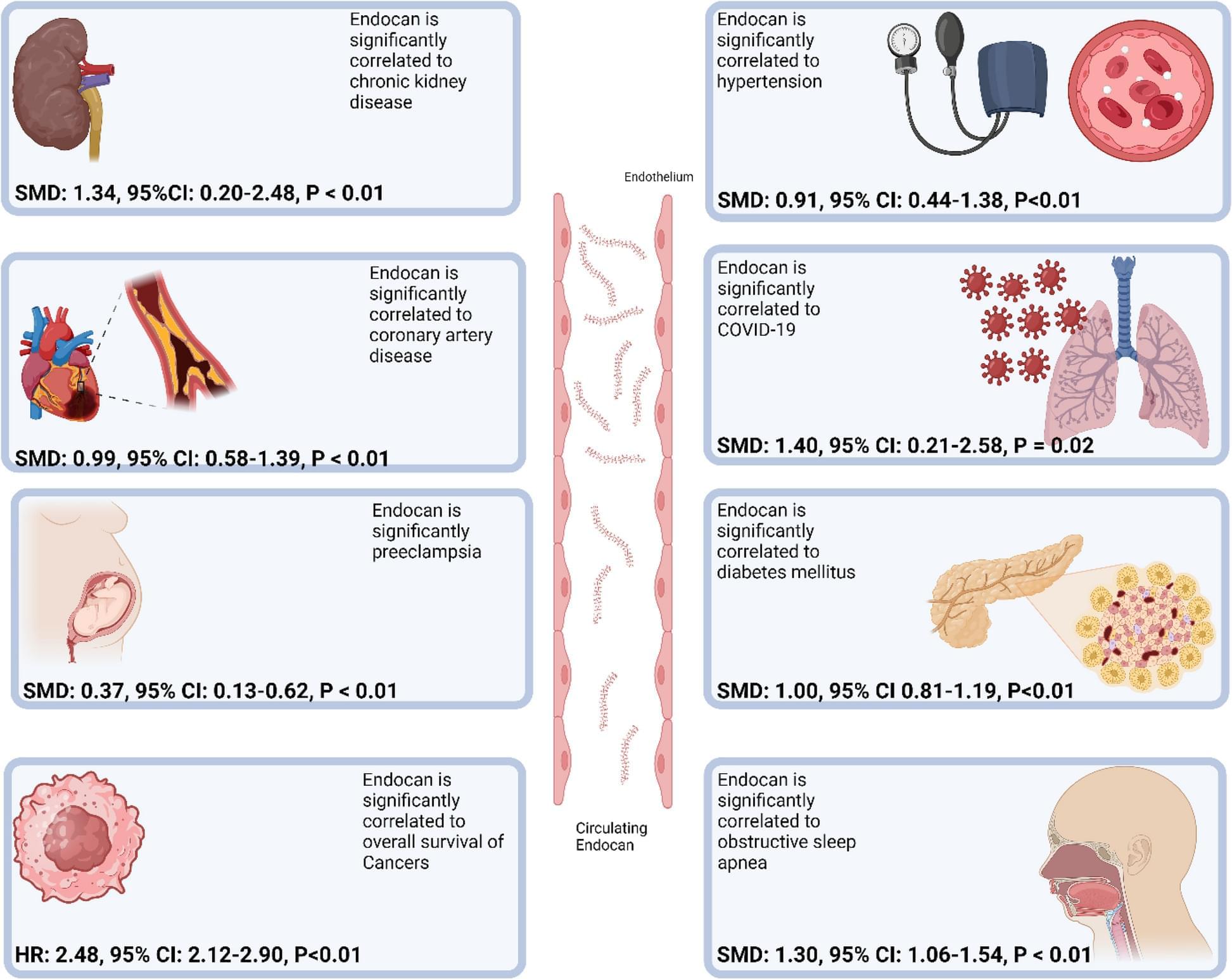
In recent years, endocan has emerged as a potential biomarker in various medical conditions. This multifaceted molecule, involved in key processes such as inflammation and endothelial dysfunction, has shown promise in predicting disease progression and therapeutic response across a spectrum of pathologies. However, the heterogeneity of studies and the complexity of endocan’s role in different diseases necessitate a comprehensive review. This umbrella review aimed to systematically synthesize and evaluate the evidence from multiple meta-analyses, offering a view of endocan’s effectiveness as a predictive biomarker in medical diseases.
An extensive search was carried out on March 12, 2024, using the following four databases: PubMed, Scopus, Web of Science, and Cochrane Library. The goal was to identify meta-analyses that assess endocan’s predictive efficacy. The pooled effect size and its 95% confidence interval were taken out of each discovered meta-analysis. Furthermore, power analyses were performed to assess the robustness and dependability of the results. An additional GRADE assessment was carried out to gauge the epidemiological reliability of the findings.
In the final analysis, 12 meta-analyses were included in the current umbrella review. The results showed that there is a significant correlation between a higher endocan level and COVID-19 (SMD: 1.40, 95% CI 0.21–2.58, P = 0.02), followed by chronic kidney disease (SMD: 1.34, 95% CI 0.20 to 2.48, P 0.01), obstructive sleep apnea (SMD: 1.30, 95% CI 1.06–1.54, P 0.01), diabetes mellitus (SMD: 1.00, 95% CI 0.81 to 1.19, P 0.01), coronary artery disease (SMD: 0.99, 95% CI 0.58–1.39, P 0.01), hypertension (SMD: 0.91, 95% CI 0.44–1.38, P 0.01), and preeclampsia (SMD: 0.37, 95% CI 0.13–0.62, P 0.01).

The GFP gene, which has its origins in jellyfish, expresses proteins that fluoresce when illuminated with certain frequencies of light. Poeschla, of the Mayo Clinic in Rochester, Minnesota, reported his results in the journal Nature Methods.
This function is regularly used by scientists to monitor the activity of individual genes or cells in a wide variety of animals. The development and refinement of the GFP technique earned its scientific pioneers the Nobel prize for chemistry in 2008.
In the case of the glowing cats, the scientists hope to use the GM animals in the study of HIV/AIDS.
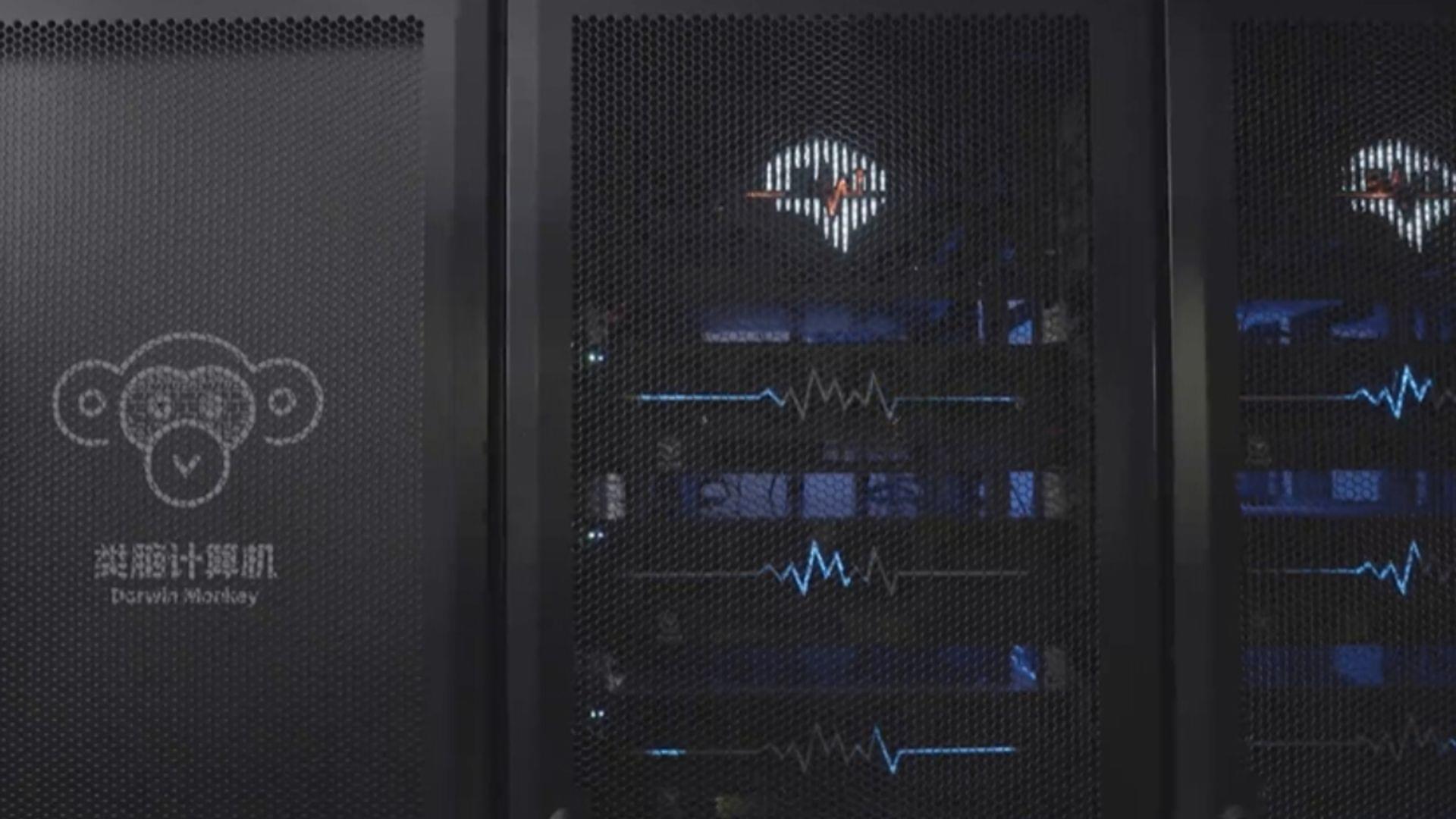
Engineers in China unveiled a new generation of brain-like computer that mimics the workings of a macaque monkey’s brain.
Called Darwin Monkey, the system reportedly supports over 2 billion spiking neurons and more than 100 billion synapses, with a neuron count approaching that of a macaque brain.
Reports have revealed that the system consumes approximately 2,000 watts of power under typical operating conditions.
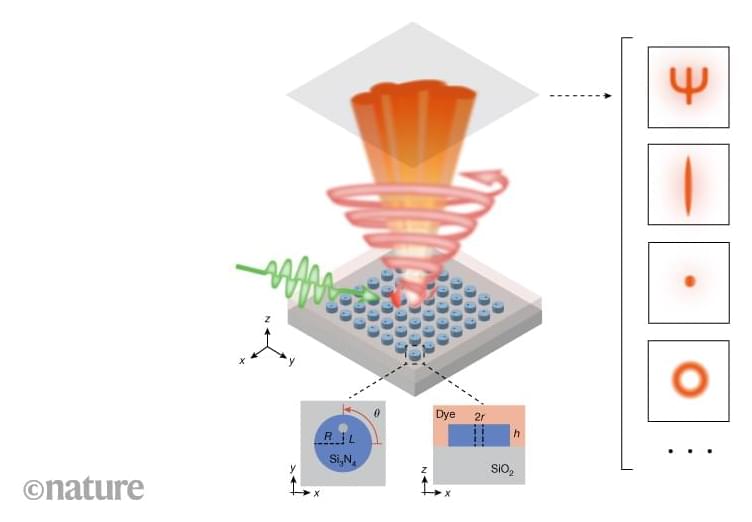
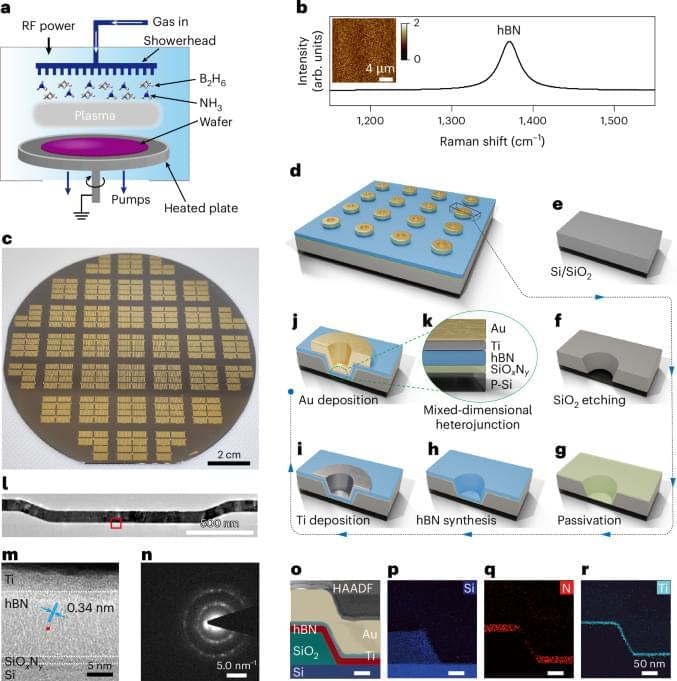

A POSTECH research team has developed a thin, flexible robotic actuator inspired by human muscle proteins. As thin as paper, yet capable of generating strong forces, this robot can maneuver through tight spaces and manipulate objects, making it suitable for a wide range of applications—from surgical robots to industrial equipment. The study has been published in Nature Communications.
Most conventional robots are built with rigid metal components, giving them strength but limiting their ability to perform delicate motions or operate in confined environments.
In the medical field, there is a growing need for robots that can assist with surgeries inside the human body. In industrial settings, flexible robots are needed for tasks like inspecting complex machinery or cleaning narrow pipelines. However, technologies that combine both flexibility and strength have been lacking—until now.

Kigelia africana is a medicinal plant growing naturally in many parts of Africa. In Kenya, a water concoction of the plant is used to treat breast and prostate cancers. Laboratory data on its anti-cancer activity and active principles is limited, hence no scientific rationale for its medicinal use. This study reports on in-vitro toxic activities of dichloromethane and methanol extracts of the plant against human breast cancer cells and phytochemical screening of the two extracts.
